Leica D-Lux (Typ 109) (The Dachs 7)

Introduction
The D-Lux has been a popular advanced compact camera for many years now . The D-Lux 2 came out in 2005, since then there has been a new model announced every 2 years at Photokina. The D-Luxes are based on the successful Panasonic LX range of cameras. Leica refine the bodywork and provide a longer warranty (usually 3 years), and more recently a copy of Adobe Lightroom with each camera. There has understandably been a hefty premium to pay for having the Leica version of the camera, but this has been offset by much better secondhand values and a longer warranty.
At Photokina this year, all the rumour mongers were predicting an exciting new compact camera from Leica and Panasonic; a replacement for the Panasonic LX7 and the Leica D-Lux 6. The previous camera had already been a great success with it’s fast f1/4 - f2.3 aspherical 24-90mm lens. Although larger than much of the competition, the 10mp 1/1.7” sensor was still small (7.6mm x 5.7mm), which rather limited the high ISO, and made it difficult to get out of focus backgrounds (because of the high ‘effective’ aperture of the lens).
It was generally expected that the new camera would have the same 1” (13.2mm x 8.8mm) sensor used in the new V-Lux and various other cameras including the Sony RX100 mk 3. To everybody’s surprise, the new LX 100 and it’s Leica sister camera the Leica D-Lux (Typ 109) were announced with a 4/3” (17.3mm x 13mm) 12mp sensor. This is slightly cropped to allow for the different aspect ratios. However the sensor of the new camera has almost 5 times the surface area of the sensor in the D-Lux 6. It also has one and a half times the surface area of the new generation of advanced compact cameras from Sony and others.


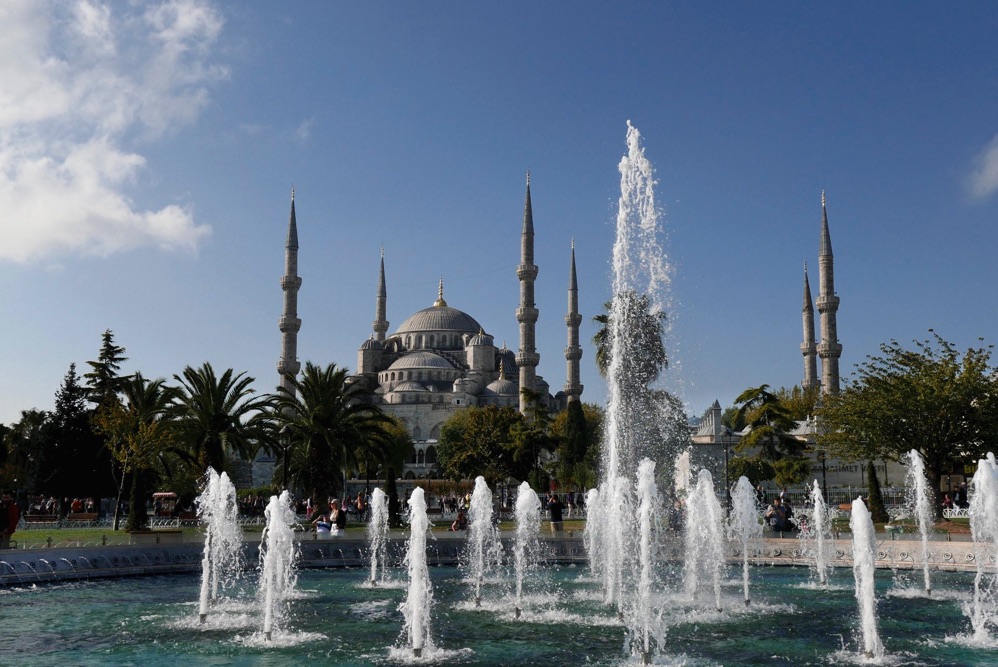
The Blue Mosque Istanbul
ISO 200 f5.6 1/1600 second 40mm equivalent
The D-Lux 6 compared to the D-Lux (Typ 109)
I think it’s interesting to make a basic comparison between the new D-Lux and it’s much praised predecessor. Here are just some of the differences:
D-Lux 6
1/1.7” Sensor (35mm sq)
10 Mp
24-90mm lens
f1.4-f2.3
Optional 1.44 million dot EVF
1080p/60 video
Minimum Focus 1cm to 30 cm
ISO Range 80 - 12800
External controls:
Aperture
Built in Flash
No WiFi
298 gms
111x67x46mm
D-Lux (Typ 109)
4/3” Sensor (180mm sq)
12.2 Mp (in 3:2 aspect ratio)
24-75mm lens
f1.7-f2.8
Built in 2.76 million dot EVF
4k/30p, 1080p/60 video
Minimum Focus 3cm to 30 cm
ISO Range 100 - 25600
External controls:
Aperture, focus, shutter speed, Exposure Compensation
No Built in flash
WiFi
393 gms
115x66x55mm
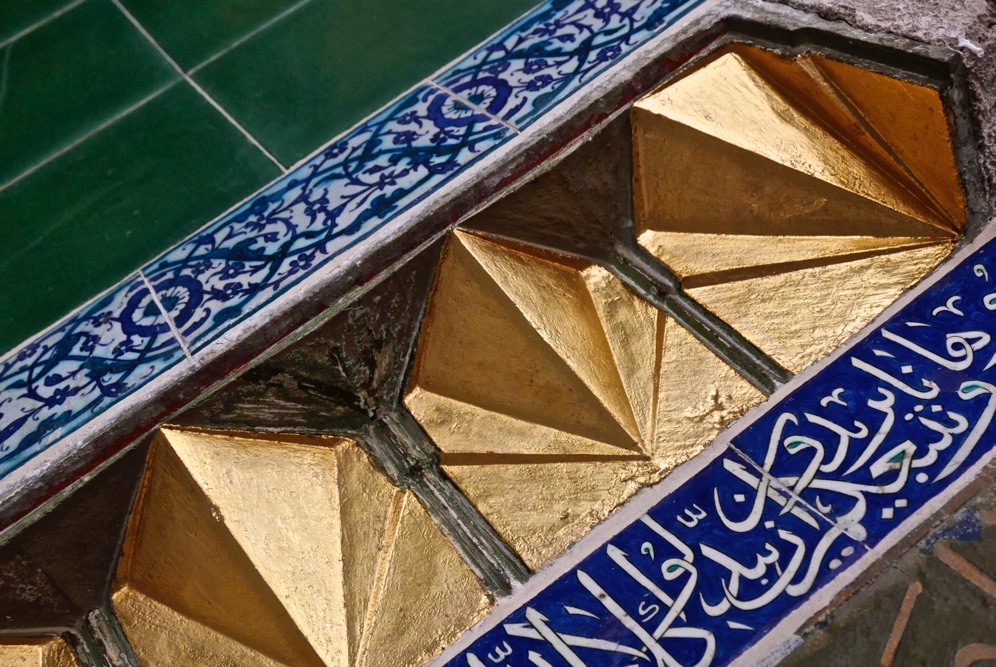
The Harem at the Topkapi Palace Istanbul
ISO 1250 f2.6 1/100 second 47mm equivalent
It’s worth Looking at these differences briefly to get a good idea of the new camera.
The combination of a much larger sensor, with a lens with almost the same equivalent focal length range is a real technological tour de force - the increase in Megapixels makes up for the slightly reduced focal length range, and the bigger sensor means that, although the aperture range looks slightly less impressive on the new camera it does, in fact, give much more scope for limiting depth of field.
The built in 2.76 million dot EVF is a huge improvement over the optional lower resolution EVF on the D-Lux 6. The difference in high ISO limit doesn’t look significant, but in real world use I was never really happy to go above 400 ISO with the D-Lux 6 - whereas I’ll happily go to 1600 ISO or higher with the new D-Lux - it certainly has a two stop advantage, and perhaps 3 stops.
Unlike the D-Lux 6 there is no built in flash in the Typ 109, however, there is a fully featured hot shoe, and the camera is supplied with a compact flash gun.
The new camera has WiFi - great for getting those photos onto social media. It IS bigger than the D-Lux6, but as far as I’m concerned neither of these cameras will go into a trouser pocket, but either of them will easily slip into a coat pocket.
I’ve been putting the new D-Lux through it’s paces for almost a month, including trips to Istanbul and Cornwall (where this review is being written). In this case I haven’t so much been testing this camera (it arrived in it’s final version) but it’s worth pointing out that, as a tester for Leica, my allegiance is to Leica, and if I find things wrong with the camera, then my duty is to tell Leica about it rather than the world in general. On the other hand, Leica have never had any influence over what I write, and I wouldn’t dream of saying anything that I don’t consider to be absolutely true, or to leave out anything I consider to be a show-stopper
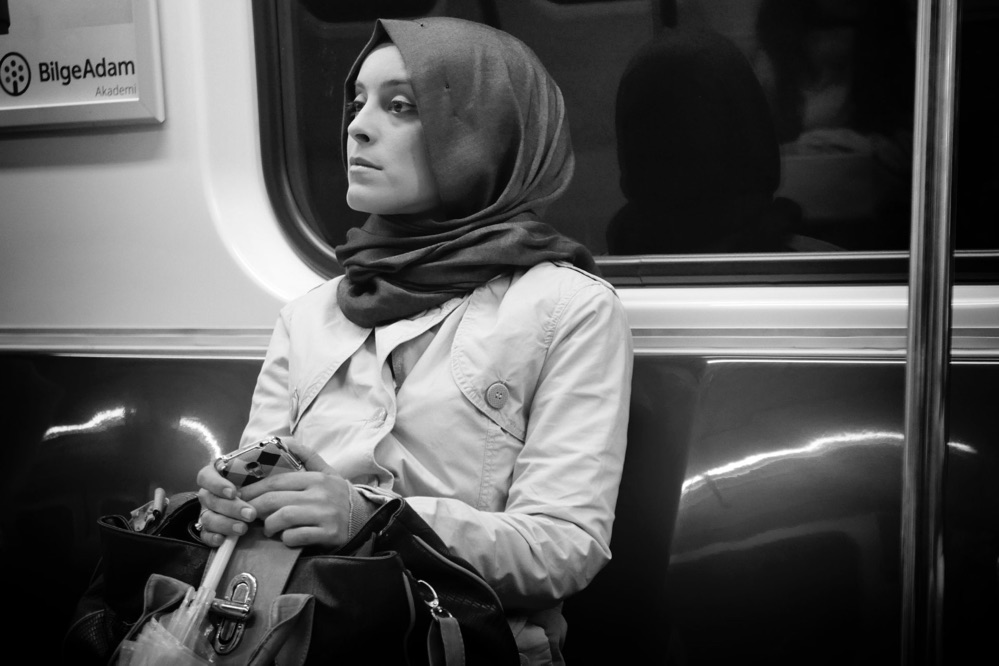
On the new Istanbul Metro
ISO 1000 f2.8 1/125 second 75mm equivalent
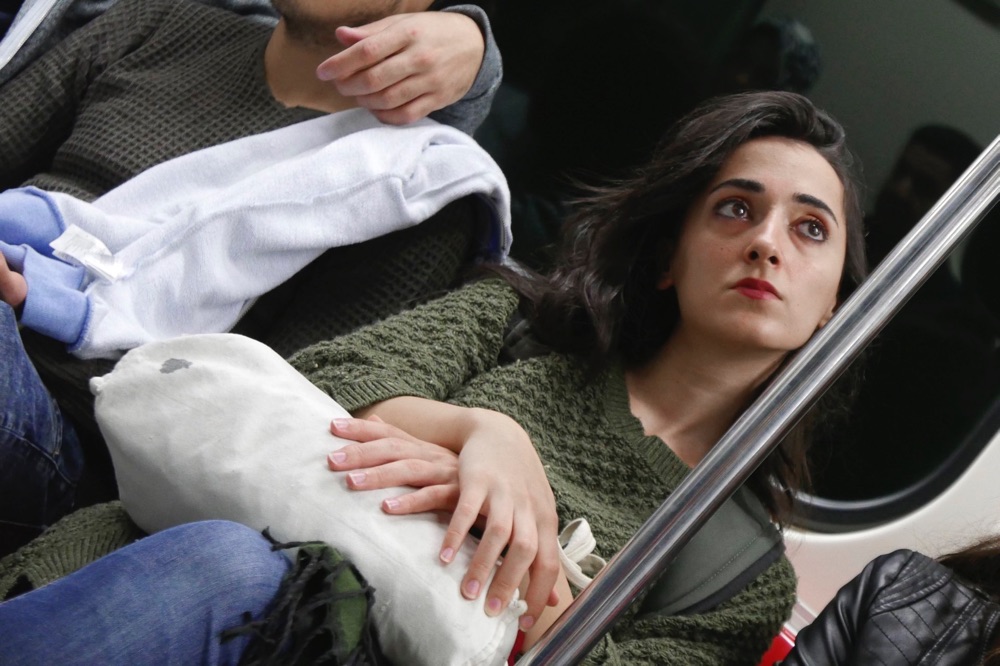
On the new Istanbul Metro
ISO 1600 f2.8 1/125 second 75mm equivalent
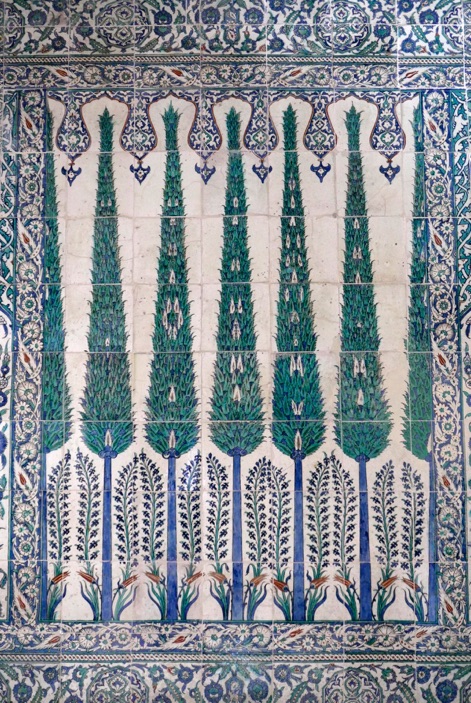
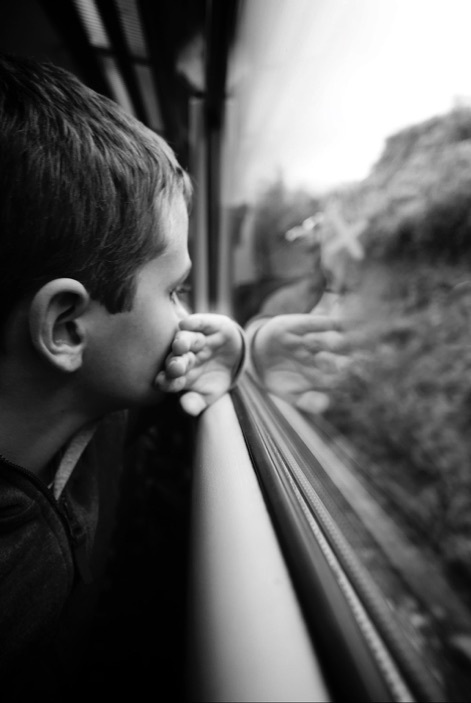
The Harem at the Topkapi Palace Istanbul
ISO 1600 f2.1 1/25 second 30mm equivalent
Considering Life on the StIves branch line
ISO 200 f1.8 1/25 second 24mm equivalent
The Body
The camera body and lens are made largely of metal, it feels very solid and well put together (it seems much better built than the D-Lux 6).
The lens itself has the aperture control dial at the front in true Leica style, with A(uto) next to f1.7. The top plate has two dials, one for shutter speed (again, with an A option). It also has a lovely large Exposure compensation dial. The arguments about analogue / digital controls will, of course, go on for ever, I think there are pros and cons on both sides, but those who like the Leica X approach will find the new D-Lux very easy to get on with: Setting both dials to A mode invokes Program mode. Setting the Shutter speed to A invokes Aperture Priority. Setting the Aperture dial to A gives you Shutter Priority and setting both dials to manual gives you Manual exposure.
My only gripe with the controls is that the “Intelligent Auto” button (A) is right next to the rather fiddly On/Off switch on the top plate, and it’s quite easy to find yourself there by mistake.
Other controls on the lens barrel allow you to choose the aspect ratio (3:2 16:9 1:1 and 4:3). The Focus Mode (AF, macro AF and MF). The second ring is for manual focus (when you’re in manual focus mode). When in AF mode I like to have it set to step zoom. The rear of the camera has the normal buttons and dials you would expect with a modern fully featured digital camera, and the menus are as convoluted as we’ve come to expect. (except, of course, with the Leica M, X and T, which are still hanging on to the minimalism most of us love so much).
However, Leica have done a great job in streamlining the design, and the new D-Lux really does have the look and feel of a Leica, with the outside controls being analogous to the excellent X range of cameras.
The lens does extend quite a bit when the camera is switched on - but it packs away into a surprisingly neat and solid setup when switched off.




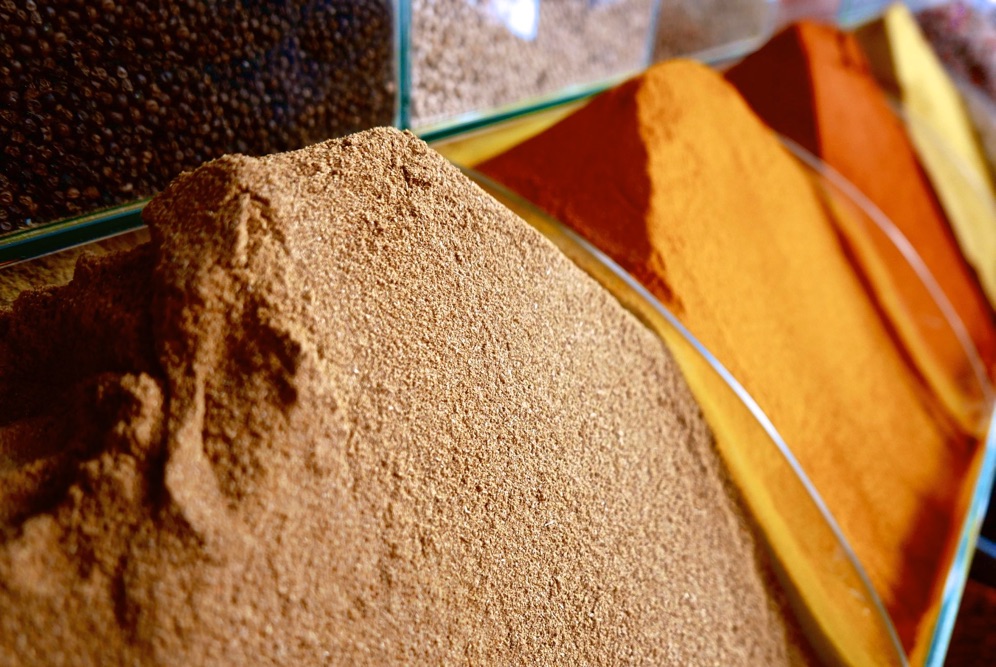
The Spice Market Istanbul
ISO 200 f1.7 1/400 second 24mm equivalent
The Lens: DC Vario-Summilux f1.7-2.8 10.9mm to 34mm (24-75 equivalent)
This lens is a real triumph of compact design. Of course it would be lovely if it were f1.7 throughout the range, but perhaps we should be grateful for what they have manage to achieve!
The large sensor means that one can now achieve limited depth of field - even at wider angles (see the Spice Market shot at 24mm). The lens is pretty much sharp from corner to corner at all focal lengths and apertures, and seems to me to have no obvious weak spots.
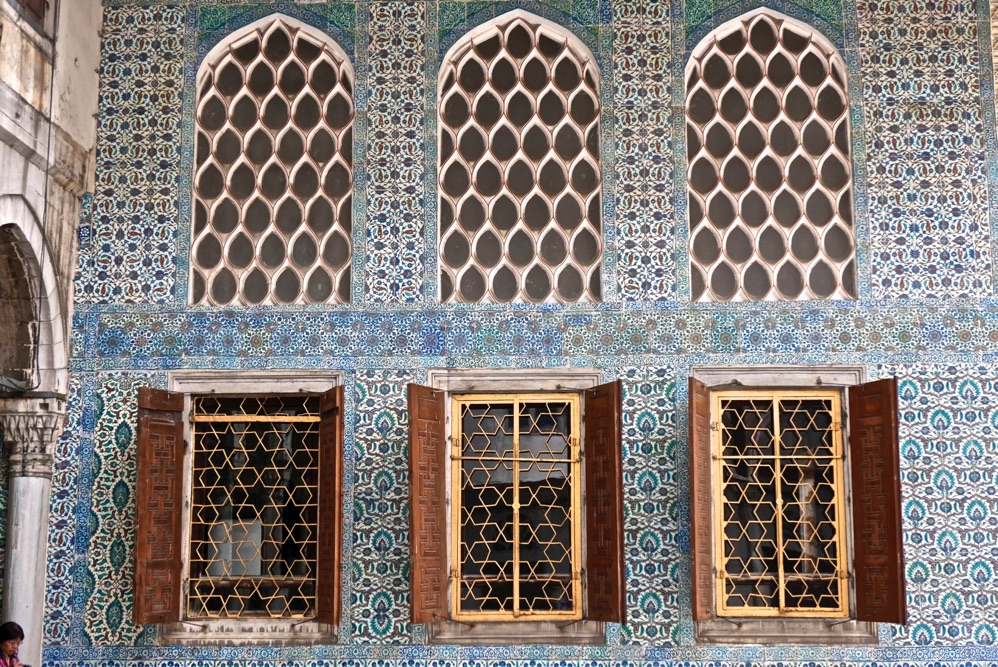
The Harem at the Topkapi Palace Istanbul
ISO 200 f2.7 1/125 second 50mm equivalent
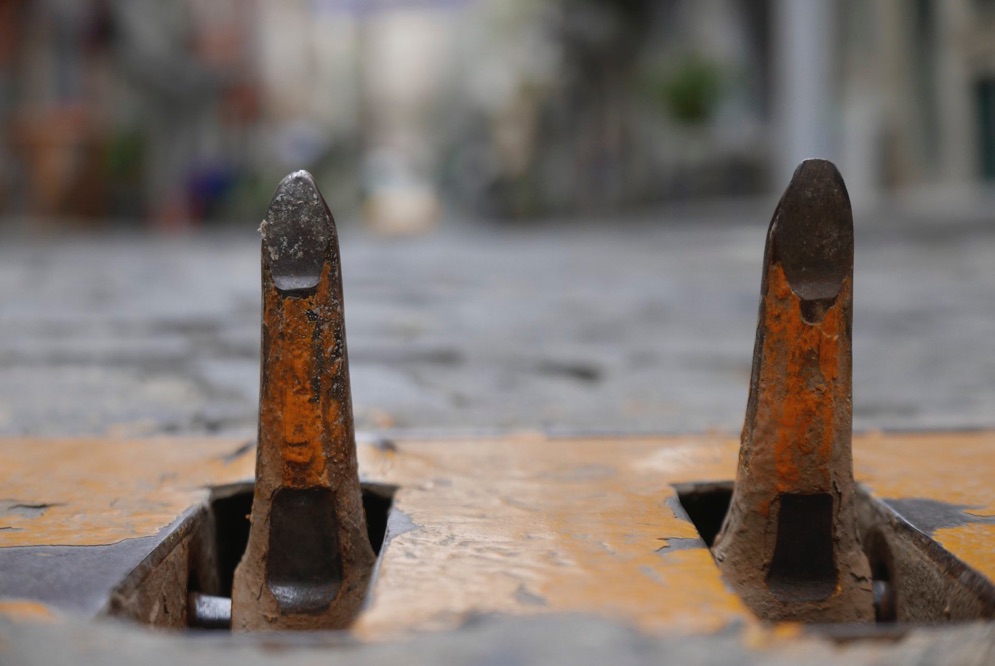
One Way Street in Istanbul (they mean it!)
ISO 200 f2.8 1/125 second 70mm equivalent
Ergonomics and Shooting
I’m not completely convinced by having so many different analogue controls on the outside of the body; it’s quite easy to change something in your pocket and not notice when you start shooting. On the other hand it’s great to have all the controls at your fingertips, and I’ve found them easy to use.
The close focus option is similar to that found in other compact zoom cameras - one can go right down to 3cm at 24mm, but only down to 30cm at 75mm. It takes a little time to get used to, but on the other hand the camera really does deliver good close up shots. Again, the relatively large sensor delivers a good soft out of focus area, and the lens is very sharp with good bokeh.
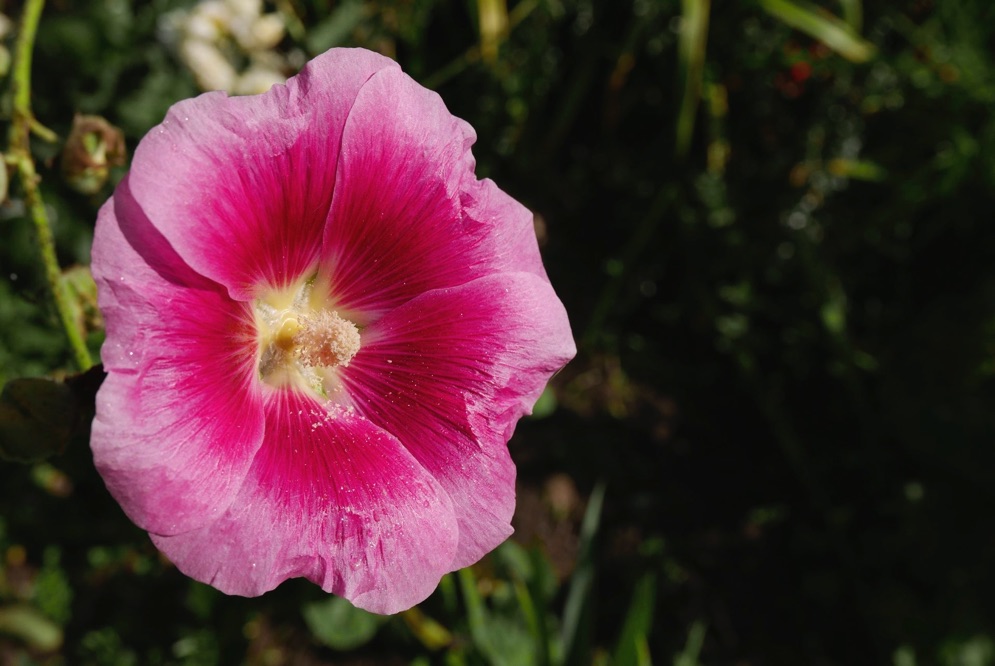
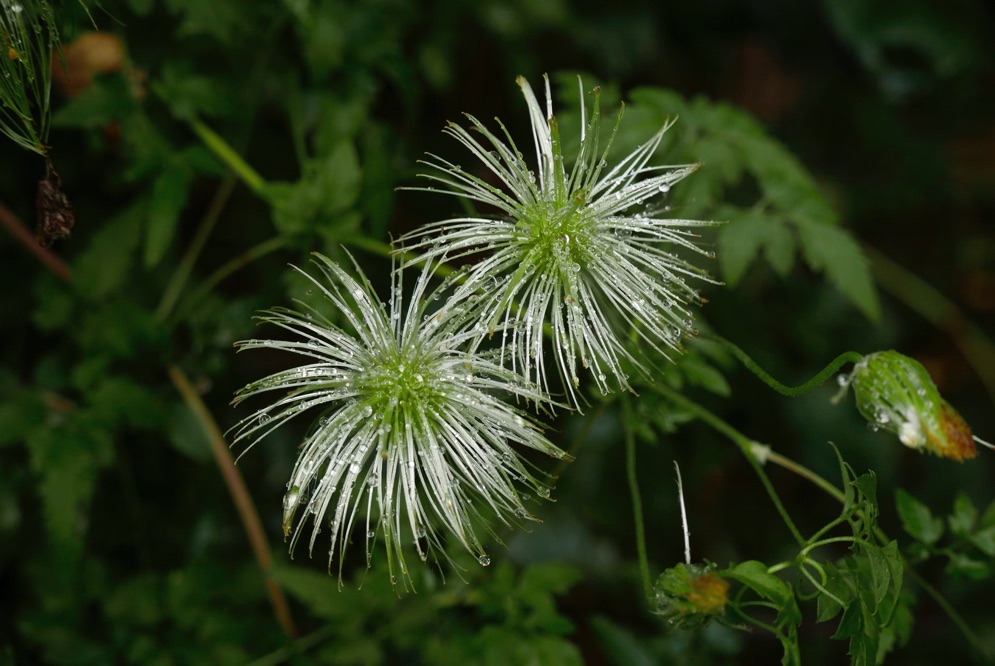
Clematis
ISO 200 f5 1/125 second 72mm equivalent
Hollyhock
ISO 200 f5.6 1/1600 second 47mm equivalent
Of course, a compact camera like this must be capable of shooting in all circumstances. Most people are going to use it for travel. Street photography isn’t my normal genre, but I found that the camera worked well - especially with the lens set to step zoom. Autofocus was very quick and sure (even in rather poor lighting. I didn’t think that the EVF was as good as the new Visoflex on the Leica T and the new Leica X, but it was perfectly acceptable and quite good enough to focus manually if that’s what you want.
For the most part I used the camera in Aperture Priority with Auto Focus, it would be impossible to try all the different permutations in a short review like this. Here are some snaps from the street in Istanbul: The black and white conversions have been done in Silver Efex Pro II. It seems to me that the D-Lux files lend themselves very well to black and white conversions.
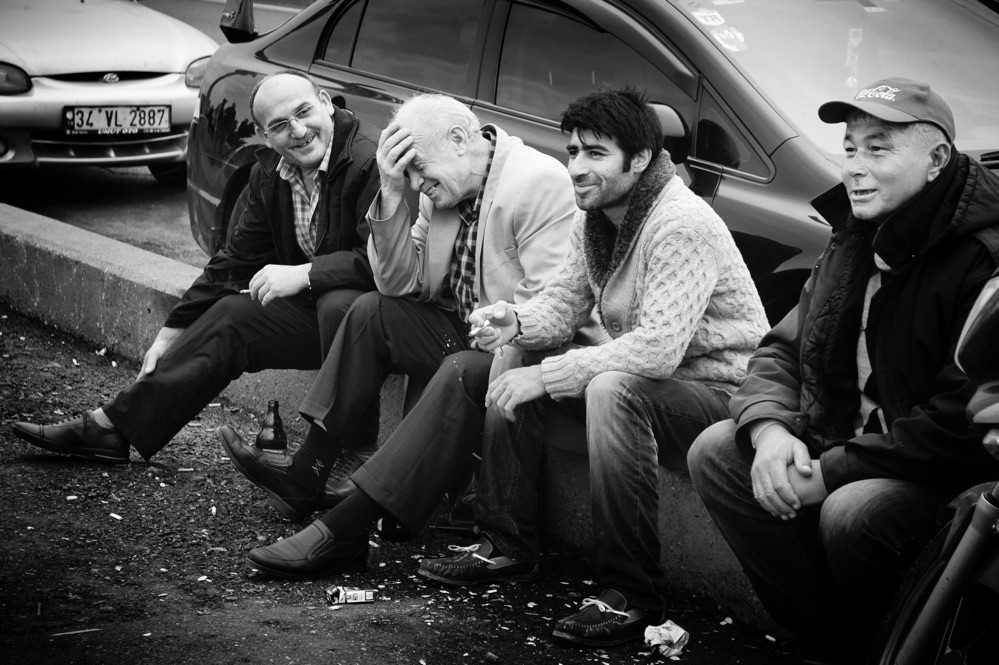
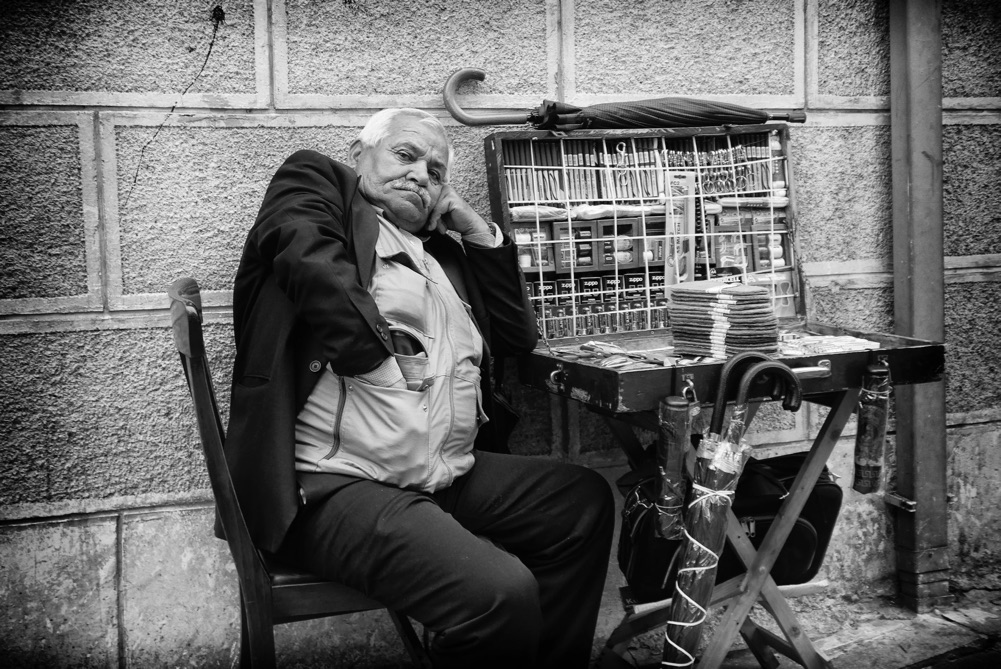
There wasn’t much landscape to be shot in Istanbul, so I’ve waited for a short trip to Cornwall to try the camera out for Landscape work (again, something any travel photographer will want to achieve). 12mp is a bit of a limitation in terms of cropping, but I’ve found it’s possible to make very good 27” (A2+) prints on my Epson 3880. The colour is lovely, and there’s plenty of detail.
Fishermen’s Tales
ISO 200 f3.2 1/125 second 75 mm equivalent
Street Seller Istanbul
ISO 500 f2.6 1/100 second 47 mm equivalent
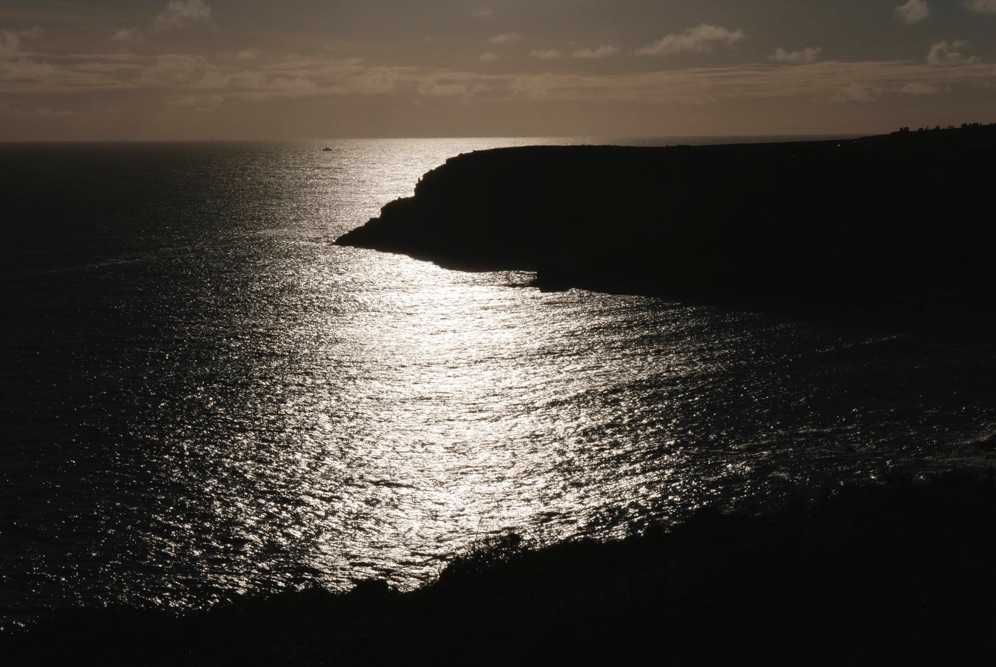
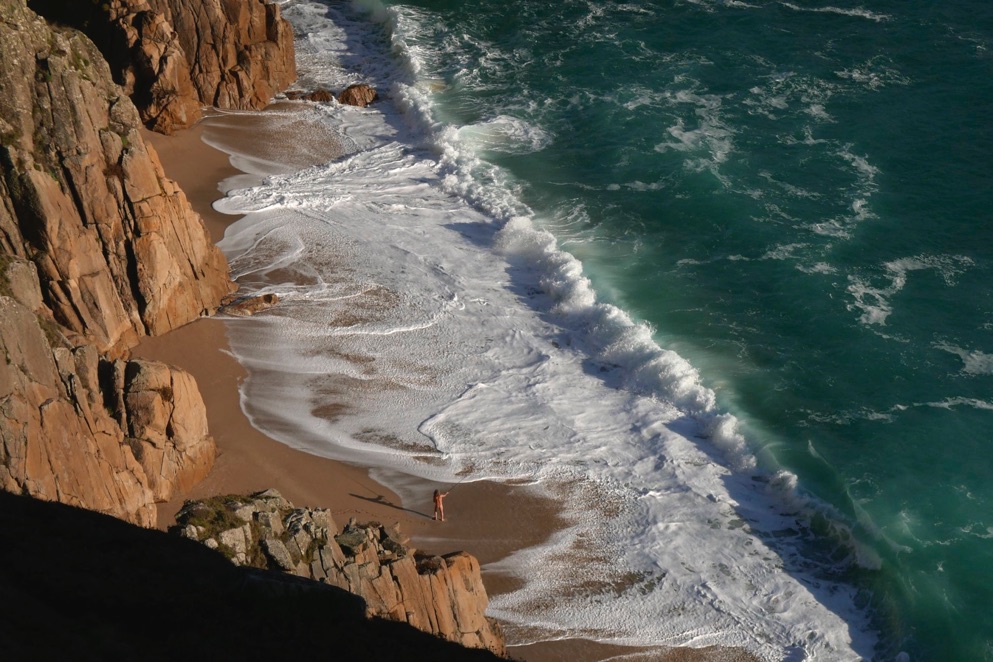
Porthcurno from Treen Cliffs
ISO 200 f16 1/4000 second 75 mm equivalent
Fishing - Cornish Style. Pednvounder
ISO 200 f6 1/2000 second 75 mm equivalent
Conclusion
The compact camera come of age! This really is a splendid camera. It has excellent image quality, speedy and predictable handling, a fantastic fast 24-75mm lens with close up facilities, a built in EVF and it fits in a pocket (albeit not a trouser pocket). Added to which it performs for all types of photography and is great fun to use. The solid build quality makes it a pleasure to handle.
But who is it for? Well, it seems to me that it’s an obvious upgrade for anyone with a previous D-Lux camera; it’s better in every respect. Much more than that, it seems to me that it’s a capable second/pocket camera for almost any serious photographer. I’m not a video photographer, but it is also the smallest camera on the market with 4k video. To be honest, I can’t think of anyone who wouldn’t get pleasure from this camera.
It is expensive. But - in the past the Leica equivalent has been a great deal more expensive than it’s Panasonic sibling. But in this case there is very little premium to be paid (as of writing, in the UK, the LX 100 is selling for £795 and the Leica D-Lux for £825) £30 seems a very small price to pay for a 3 year warranty and a copy of Lightroom.
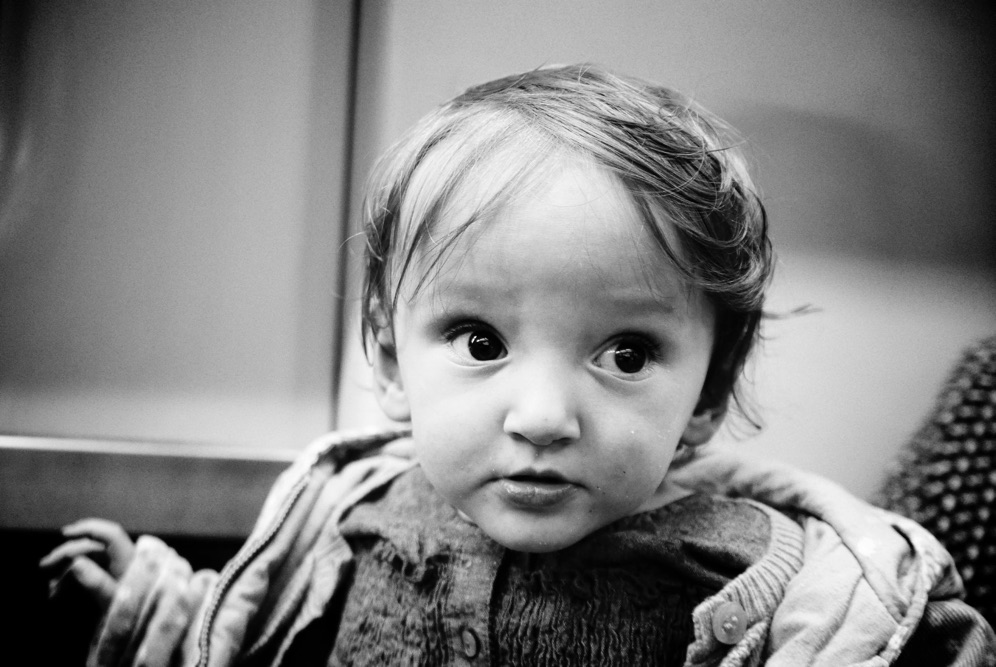
I hear that Leica have brought out a great new compact camera
ISO 2000 f2.8 1/125th second 67 mm equivalent